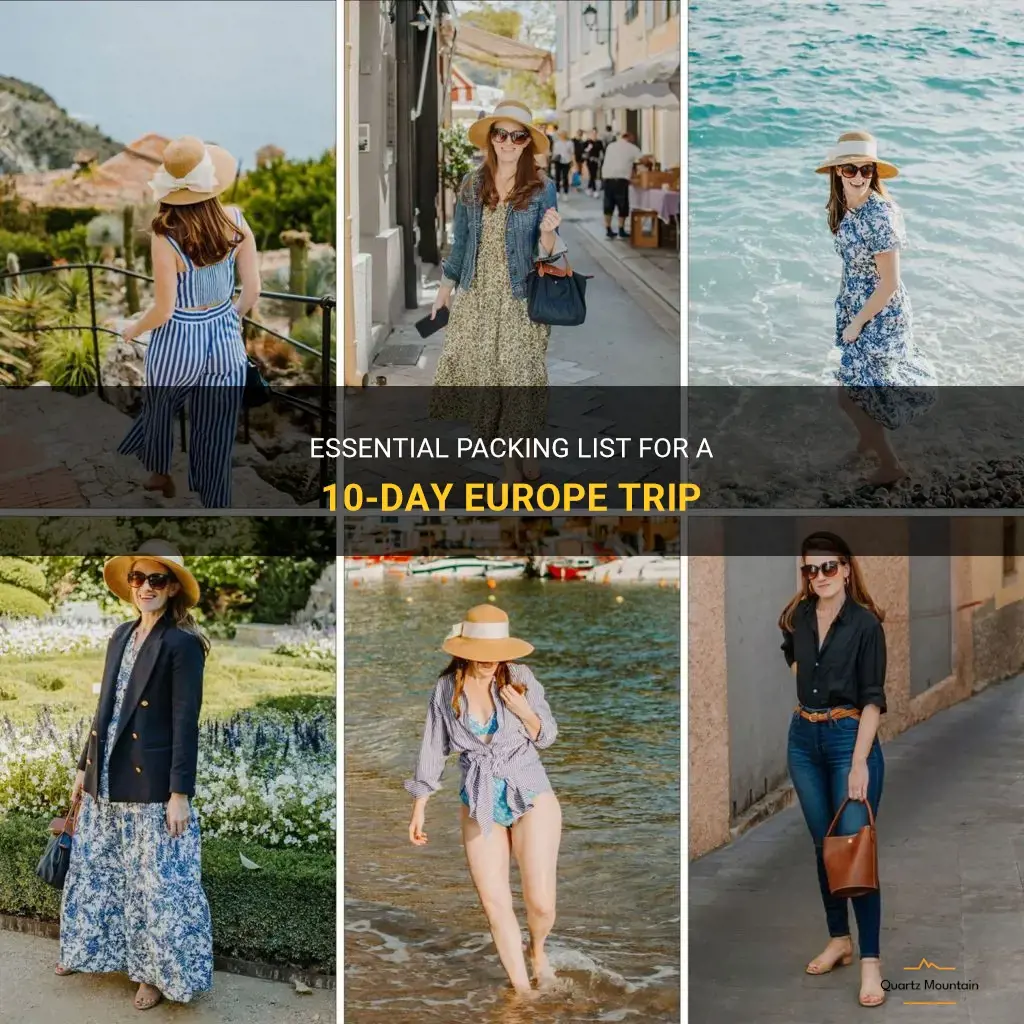
Are you planning a 10-day trip to Europe and feeling overwhelmed by the thought of packing? We've got you covered! In this article, we will provide you with an essential packing list to ensure you have everything you need for a comfortable and enjoyable trip across the continent. From versatile clothing options to must-have travel accessories, we have compiled a comprehensive list that will help you make the most of your European adventure. So grab your suitcase and let's get packing!
What You'll Learn
- What are the essential clothing items to pack for a 10-day Europe trip?
- Are there any specific items that are recommended for various European destinations during different seasons?
- What type of footwear is most suitable for a 10-day Europe trip with a lot of walking and exploring?
- Are there any specific items or accessories that are important to pack for cultural or historical sightseeing in Europe?
- How can I pack efficiently for a 10-day Europe trip while still ensuring I have enough variety in my clothing options?

What are the essential clothing items to pack for a 10-day Europe trip?
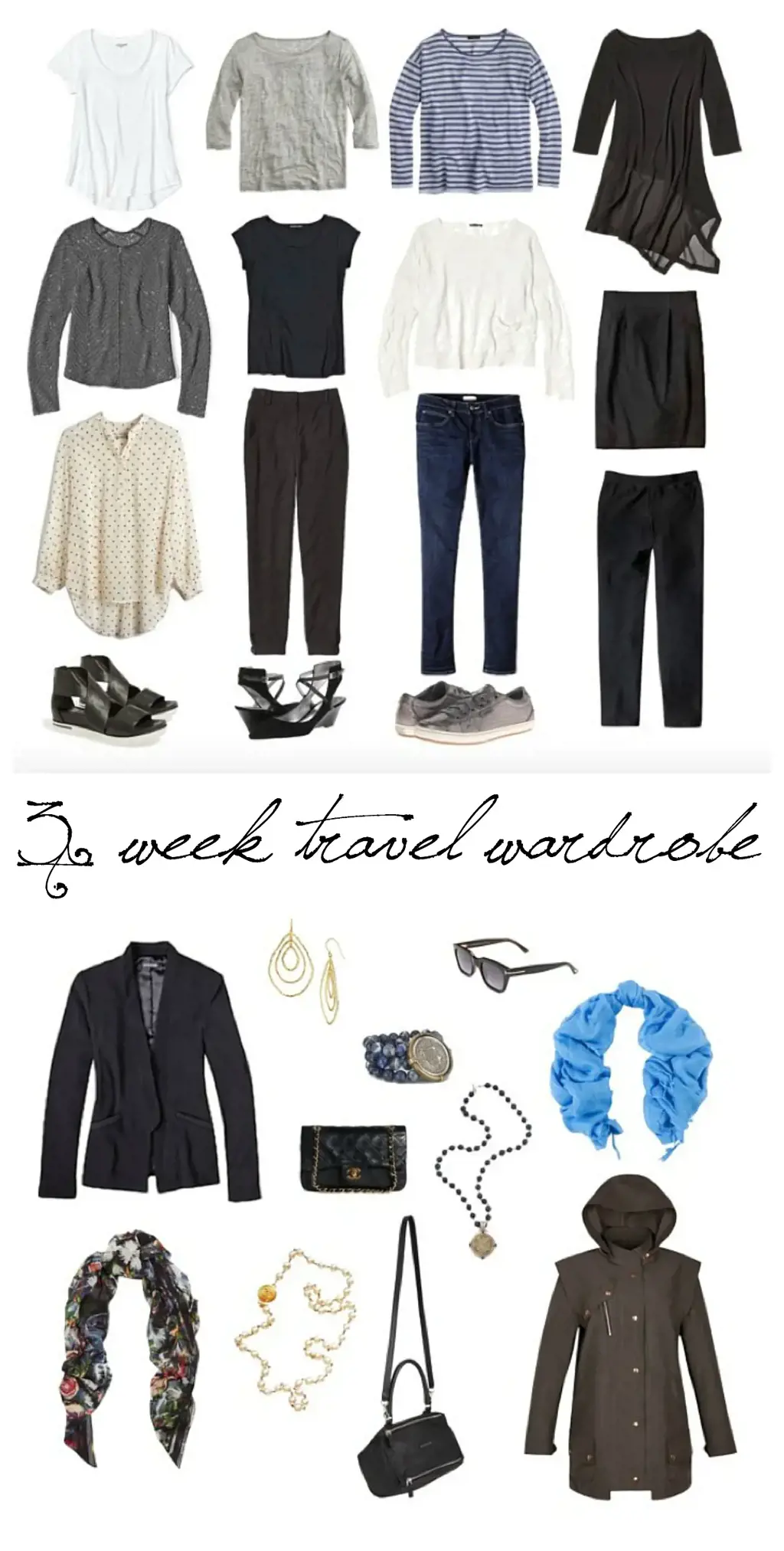
When packing for a 10-day Europe trip, it's important to carefully consider the clothing items you bring. The weather in Europe can vary greatly depending on the time of year and the region you are visiting. Additionally, you'll want to pack versatile pieces that you can mix and match for different outfit combinations. To ensure you have the essentials covered, consider the following clothing items for your 10-day European adventure:
- Lightweight Tops: Pack a selection of lightweight tops that can be easily layered. Opt for neutral colors that can be mixed and matched with different bottoms. Choose fabrics that are breathable and quick-drying so you can stay comfortable throughout your trip.
- Bottoms: Bring a mix of bottoms, including jeans, shorts, and a skirt or dress for dressier occasions. Again, choose neutral colors that can be paired with various tops. Consider the climate in the region you're visiting and pack accordingly – if it's colder, opt for thicker fabrics such as denim or corduroy.
- Sweaters or Cardigans: Regardless of the time of year, it's always a good idea to pack at least one sweater or cardigan. This will come in handy on cooler evenings or in air-conditioned restaurants and museums. Choose a versatile piece that can be layered over your tops and dresses.
- Outerwear: Depending on the season and the regions you plan to visit, you may need to bring a lightweight jacket or a heavier coat. Research the average temperatures and weather conditions during your travel dates to determine the appropriate outerwear to pack. A waterproof jacket is always a smart choice in case of unexpected rain.
- Comfortable Shoes: Europe often involves a lot of walking, so comfortable shoes are a must. Opt for a pair of sneakers or walking shoes that have good arch support and cushioning. If you plan to dress up for special occasions, pack a pair of versatile, comfortable flats or dress shoes.
- Undergarments: Don't forget to pack enough underwear and socks to last your entire trip. Consider the activities you have planned and pack appropriate undergarments – for example, if you plan to do a lot of hiking, pack moisture-wicking socks to keep your feet dry and comfortable.
- Swimwear: If you're traveling during the summer months or plan to visit coastal areas, it's a good idea to pack swimwear. You never know when you might stumble upon a beautiful beach or come across a hotel with a pool. A swimsuit is also useful for visiting spas or wellness centers.
- Accessories: Remember to pack essential accessories such as a hat, sunglasses, and a small crossbody bag or backpack for day trips. These items will not only protect you from the elements but also add style to your outfits. A lightweight scarf can also be a versatile accessory that can be used for warmth or as a fashion statement.
- Sleepwear: Pack comfortable sleepwear to ensure a good night's sleep during your trip. Choose lightweight and breathable fabrics that are suitable for the temperature of your accommodation.
- Laundry Essentials: If you're traveling light, consider packing a small container of laundry detergent or dissolvable laundry sheets. This will allow you to hand wash your clothes and maximize your outfit options throughout your trip.
Remember, when packing for a 10-day Europe trip, it's important to pack light and versatile clothing items that can be mixed and matched. Pay attention to the weather forecast for the region you'll be visiting and consider the activities you have planned. With careful planning and packing, you can ensure that you have everything you need to stay comfortable and stylish during your European adventure.
Essential Packing List for a February Trip to South Padre Island
You may want to see also

Are there any specific items that are recommended for various European destinations during different seasons?
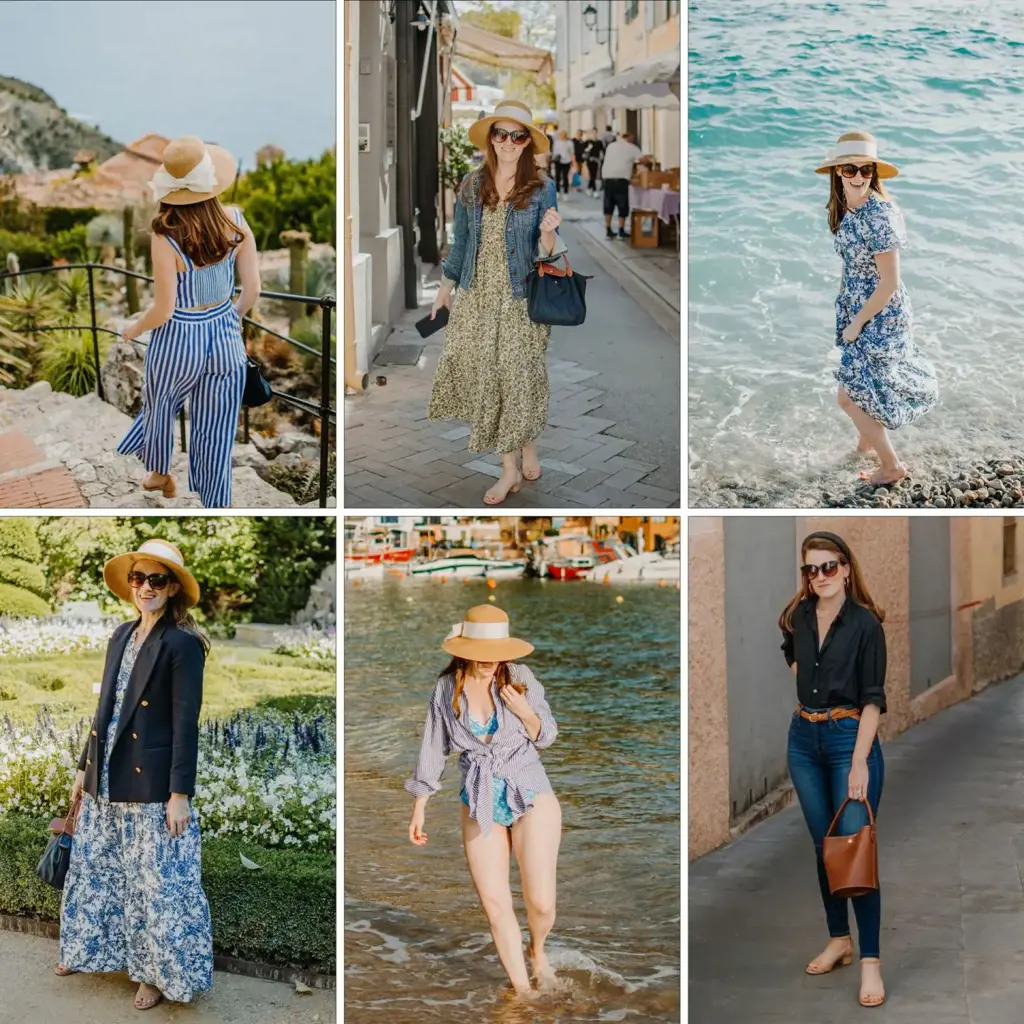
When planning a trip to Europe, it is essential to pack the right items to ensure a comfortable and enjoyable experience. The items you should bring will vary depending on the destination and the season you plan to visit. Here, we will provide you with a guide on specific items that are recommended for various European destinations during different seasons.
Mediterranean Beaches in Summer:
If you are traveling to popular Mediterranean destinations like the French Riviera, Costa del Sol in Spain, or the Greek islands during the summer, you will need the following items:
- Sunscreen: With the scorching sun and hot temperatures, it is crucial to protect your skin with a high SPF sunscreen.
- Swimsuit: Pack a few swimsuits, as you will likely spend a lot of time on the beautiful beaches.
- Light clothing: Opt for light and breathable outfits such as shorts, dresses, and t-shirts to stay cool in the heat.
- Comfortable footwear: Flip flops or sandals are perfect for walking on the sandy beaches.
Alpine Adventures in Winter:
If you plan to visit the Swiss Alps, the Austrian ski resorts, or any other alpine destinations during the winter, make sure to pack the following items:
- Warm clothing: It is essential to pack thermal layers, sweaters, and a good quality winter coat to protect yourself from the freezing temperatures.
- Winter accessories: Don't forget to pack gloves, a hat, a scarf, and thermal socks to keep your extremities warm.
- Ski/snowboarding gear: If you are planning to hit the slopes, bring your skiing or snowboarding equipment or rent them from the resort.
- Snow boots: Invest in a pair of sturdy snow boots to keep your feet warm and dry in the snowy conditions.
European City Breaks in Spring and Autumn:
For city breaks during the shoulder seasons, when the weather can be unpredictable, consider packing the following items:
- Layered clothing: Since the weather can fluctuate, it is recommended to pack clothes that can be layered, such as light sweaters and jackets.
- Comfortable shoes: European cities are best explored on foot, so bring a pair of comfortable walking shoes.
- Umbrella or raincoat: Spring and autumn can bring rainfall, so it's always good to be prepared with an umbrella or a waterproof raincoat.
- Daypack: A small daypack is useful for carrying essentials like a water bottle, camera, and guidebook while exploring the cities.
It is important to note that the specific items mentioned above are general recommendations, and you should tailor your packing list based on individual preferences and the activities you plan to undertake during your European trip. Additionally, be sure to check the weather forecast closer to your travel dates to ensure you are well-prepared for any sudden changes in weather conditions.
In summary, when visiting European destinations during different seasons, pack items suitable for the specific climate and activities in that region. Whether you are relaxing on Mediterranean beaches, skiing in the Alps, or exploring European cities, having the right gear will help enhance your overall travel experience.
Essential Items to Pack in Your Sling Pack for Any Adventure
You may want to see also

What type of footwear is most suitable for a 10-day Europe trip with a lot of walking and exploring?
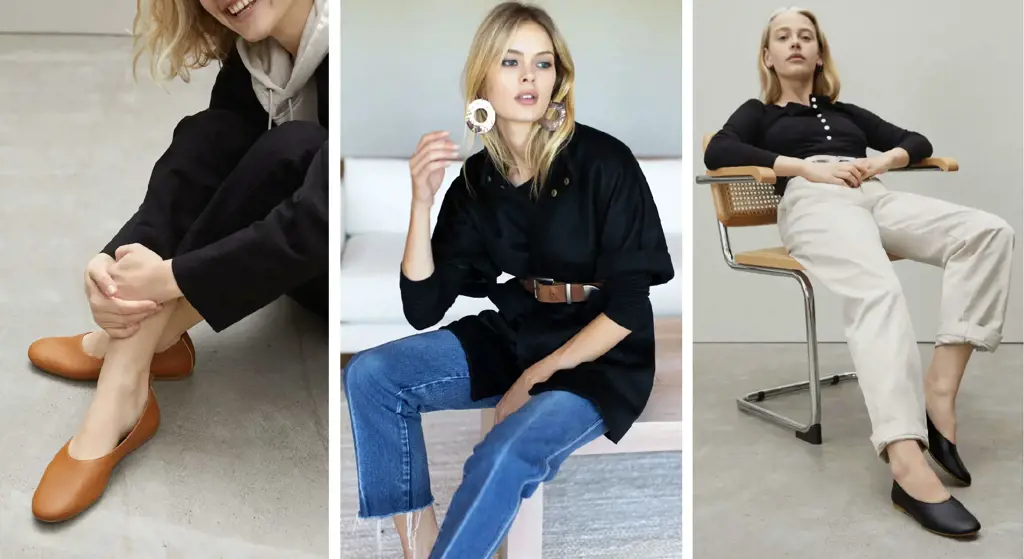
When planning a 10-day trip to Europe with a lot of walking and exploring, choosing the right footwear is crucial to ensure comfort and prevent any foot-related health issues. With so many options available, it can be overwhelming to determine the most suitable type of footwear for such a trip. However, considering a few important factors can help you make an informed decision and enjoy your trip to the fullest.
- Prioritize Comfort: Comfort should be your top priority when selecting footwear for a trip that involves extensive walking and exploring. Look for shoes that provide ample cushioning and support for your feet. Opt for shoes with a well-padded insole and midsole that can absorb shock and reduce the impact of walking on hard surfaces. Comfortable footwear will prevent discomfort and fatigue, allowing you to explore without any hindrance.
- Consider the Climate: The climate of your destination will play a significant role in determining the most suitable footwear for your trip. If you are visiting a place with a warm climate, look for breathable shoes that allow air circulation to keep your feet cool and prevent excessive sweating. On the other hand, if you are traveling to a colder region, consider shoes with insulation or waterproof features to keep your feet warm and dry.
- Choose Lightweight Options: When exploring a new city or country, you will likely spend long hours on your feet. It is important to choose lightweight footwear to avoid adding unnecessary strain to your legs and feet. Bulky and heavy shoes can quickly become uncomfortable, especially when walking long distances. Opt for lightweight materials such as mesh or synthetic fabrics that provide breathability without compromising durability.
- Opt for Supportive Soles: A supportive sole is essential for any footwear intended for long hours of walking and exploring. Look for shoes with a sturdy sole that offers good arch support. This will help to prevent foot pain and conditions such as plantar fasciitis. The sole should also provide adequate grip to ensure stability on different surfaces, especially if you plan to do any hiking or walking on uneven terrain.
- Break-in Your Shoes: It is crucial to break-in your shoes before embarking on a 10-day trip involving a lot of walking and exploring. Wearing new shoes without properly breaking them in can lead to blisters and discomfort. Start wearing your chosen footwear a few weeks in advance to allow your feet to adjust to the shoes and ensure a proper fit. This will help to minimize the risk of developing any foot-related issues during your trip.
- Bring a Spare Pair: Even if you have chosen the most suitable footwear for your trip, it is always a good idea to bring a spare pair. Having a backup pair of shoes will come in handy in case of any unforeseen circumstances such as bad weather, damage to your primary pair of shoes, or simply giving your feet a break from wearing the same shoes every day.
In conclusion, when planning a 10-day Europe trip with a lot of walking and exploring, it is important to choose comfortable, supportive, and lightweight footwear. Consider the climate of your destination and opt for shoes that provide adequate cushioning, support, and grip. Don't forget to break-in your shoes before your trip, and consider bringing a spare pair for any unforeseen situations. By following these guidelines, you can ensure a comfortable and enjoyable experience while exploring Europe.
Essential Packing Guide for Backpacking in Costa Rica
You may want to see also

Are there any specific items or accessories that are important to pack for cultural or historical sightseeing in Europe?
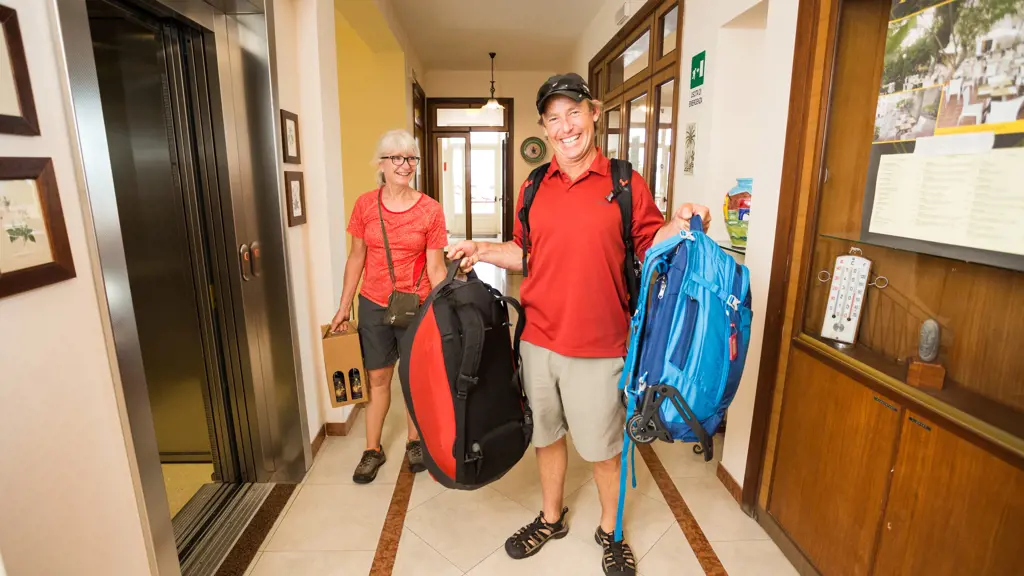
When preparing for cultural or historical sightseeing in Europe, it is important to pack the right items and accessories to enhance your experience. These can help you stay comfortable, protect yourself from the elements, and fully immerse yourself in the rich cultural and historical heritage that Europe has to offer.
Here are some specific items and accessories that you should consider packing for your cultural or historical sightseeing adventure in Europe:
- Comfortable Walking Shoes: Europe is known for its cobblestone streets and uneven terrain. Comfortable walking shoes are essential to ensure that you can explore historical sites, museums, and cities without discomfort or blisters.
- Lightweight Clothing: Europe offers a variety of climates, so it is important to pack lightweight clothing that can be layered. This will help you adapt to changing weather conditions and stay comfortable throughout your sightseeing days.
- Hat and Sunglasses: Protect yourself from the sun while visiting outdoor sites by packing a hat and sunglasses. These will not only shield your eyes and face from harmful UV rays but also add a stylish touch to your outfit.
- Umbrella or Rain Jacket: European weather can be unpredictable, so it is advisable to pack an umbrella or a lightweight rain jacket. This will ensure that you can continue exploring even if it starts to rain.
- Guidebooks and Maps: To fully appreciate the cultural and historical significance of the sites you visit, it is helpful to have guidebooks or maps that provide detailed information. These resources can help you understand the significance of landmarks, museums, and historical neighborhoods.
- Camera or Smartphone: Capture the beauty and charm of Europe's historical and cultural sites by packing a camera or smartphone with a good quality camera. Taking photos will not only help you preserve your memories but also allow you to share your experiences with friends and family.
- Travel Adapter: Europe uses different plug outlets and voltage standards compared to other regions, so it is important to pack a travel adapter to charge your electronic devices and stay connected during your trip.
- Snacks and Water Bottle: Sightseeing in Europe can be quite exhaustive, so it is a good idea to carry some snacks and a reusable water bottle to stay hydrated and keep your energy levels up.
- Local Currency and Travel Insurance: Before embarking on your cultural or historical sightseeing adventure, make sure to exchange some local currency to pay for entrance fees, meals, and souvenirs. Additionally, it is wise to have travel insurance to protect yourself in case of any unexpected events or emergencies.
- Respectful Attire: When visiting cultural or religious sites, it is important to dress modestly and respectfully. This means avoiding revealing clothing, shorts, or tank tops. Make sure to pack appropriate attire to maintain a level of respect and cultural sensitivity.
Remember that Europe has a rich and diverse cultural heritage, so embracing and respecting local customs and traditions is essential for a fulfilling sightseeing experience. By packing these items and accessories and following cultural norms, you will be well-prepared to explore and appreciate the historic and cultural wonders that Europe has to offer.
The Essential Tools for Starting a Cub Scout Pack
You may want to see also

How can I pack efficiently for a 10-day Europe trip while still ensuring I have enough variety in my clothing options?
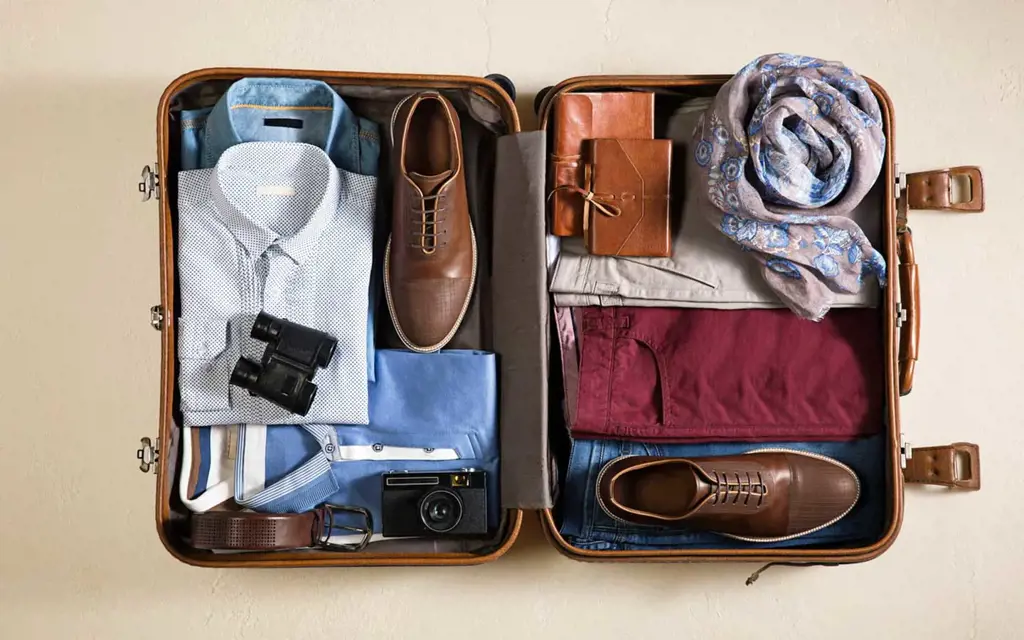
Are you planning a 10-day trip to Europe and wondering how to pack efficiently while still having enough variety in your clothing options? Packing for a trip can be challenging, especially when you want to avoid overpacking but also want to be prepared for different weather conditions and activities. With a little planning and organization, you can pack smartly and have a wardrobe that allows for versatility and style throughout your trip. Here are some tips to help you pack efficiently for your 10-day Europe adventure.
- Research the weather: Before packing, check the weather forecast for the cities you will be visiting during your trip. This will give you an idea of the type of clothing you should pack. Europe can have diverse weather, so it's important to be prepared for both warm and cool temperatures.
- Choose a color scheme: To maximize your outfit options while minimizing the number of clothing items you pack, stick to a cohesive color scheme. Choose neutral colors like black, white, gray, or navy, which can be easily mixed and matched. This will allow you to create different outfits using fewer pieces.
- Plan your outfits: Take the time to plan your outfits in advance. Consider the activities you have planned and the places you will be visiting. This will help you determine the specific clothing items you need to pack. Aim for versatile pieces that can be dressed up or down.
- Pack lightweight and versatile clothing: Opt for lightweight fabrics that are easy to pack and won't take up too much space in your luggage. Look for garments that can be layered, so you can adjust your outfit to different weather conditions. For example, a lightweight cardigan can be worn over a t-shirt for cooler days or on its own for warmer days.
- Use packing cubes or compression bags: Packing cubes or compression bags can be a lifesaver when it comes to organizing your luggage. They can help you maximize space and keep your clothing items neat and wrinkle-free. Pack similar items together, such as tops in one cube, bottoms in another, and accessories in a separate bag.
- Optimize your shoe selection: Shoes can take up a lot of space in your luggage, so it's important to choose wisely. Aim for comfort and versatility. Pack a pair of comfortable walking shoes for exploring cities, a pair of dressier shoes for evenings out, and maybe a pair of sandals for warmer days. Make sure to wear your bulkier shoes on the plane to save space in your luggage.
- Don't forget essentials and accessories: While it's important to pack light, don't forget to bring essential items like underwear, socks, and toiletries. Consider packing travel-sized toiletries or purchasing them on arrival to save space. Accessories like scarves, hats, and jewelry can also add variety to your outfits without taking up much space.
- Leave room for souvenirs: If you plan on doing any shopping during your trip, leave some room in your luggage for souvenirs or new clothing items you may acquire along the way. An expandable suitcase or a foldable duffel bag can come in handy for this purpose.
Remember, the key to packing efficiently is to be organized and plan ahead. With these tips, you can enjoy a 10-day trip to Europe with a well-curated wardrobe that offers both style and versatility. Bon voyage!
Essential Items to Prepare Before the Movers Arrive: A Comprehensive Packing Guide
You may want to see also
Frequently asked questions
When packing for a 10-day Europe trip, it's important to pack light and only bring essentials. Choose versatile clothing pieces that can be mixed and matched to create different outfits. Pack comfortable walking shoes as you'll likely be doing a lot of exploring. Don't forget to bring layers as the weather in Europe can be unpredictable. It's also a good idea to pack a travel adapter and universal charger to ensure you can charge your electronic devices. Lastly, don't forget to bring your travel documents, such as your passport, visa (if required), and any necessary travel insurance information.
The amount of luggage you can bring on a 10-day Europe trip will depend on the airline you're flying with and their specific baggage allowance. Generally, most airlines allow one carry-on bag and one personal item, such as a purse or backpack. The dimensions and weight restrictions for these bags will vary, so it's important to check with your airline beforehand. Additionally, some budget airlines may have stricter luggage restrictions, so it's best to familiarize yourself with their policies as well. Remember, packing light is key for a 10-day trip, so try to stick to the essentials and avoid overpacking.
When it comes to toiletries for a 10-day Europe trip, it's best to pack travel-sized versions of your favorite products to save space. Be sure to include essentials such as toothpaste, toothbrush, shampoo, conditioner, soap, and a razor. Additionally, packing a small first aid kit with items like band-aids, pain relievers, and any prescription medications you may need is always a good idea. It's also worth noting that some hotels in Europe provide toiletries, so you may not need to bring everything from home. Check with your accommodation beforehand to see what amenities they offer. Finally, don't forget to pack any necessary travel documents for your toiletries, such as a plastic bag for liquids if you're flying with carry-on luggage.



















